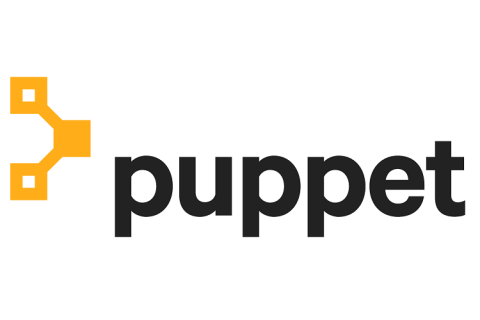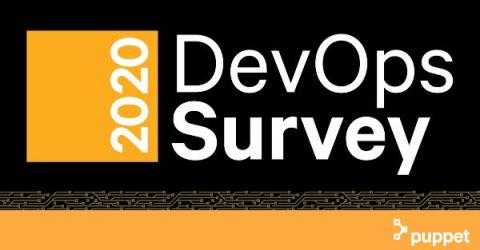Autoscaling Puppet compile masters with AWS
In classic Puppet deployment architecture, compile masters are widely used when the number of managed nodes goes up. Multiple compile masters sit behind a load balancer to take care of the additional workloads. It is not rare to see Puppet adopters launching the compile masters in the public cloud, such as Amazon Web Service (AWS) and Google Cloud Platform.









